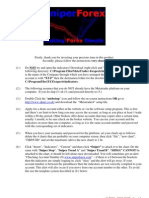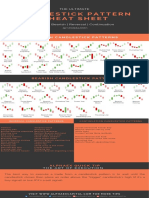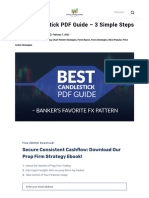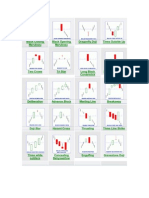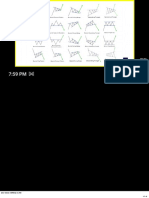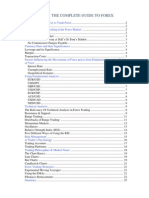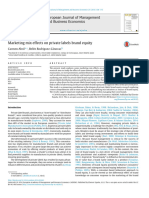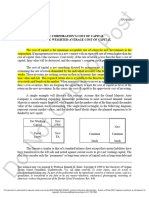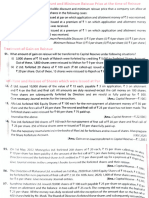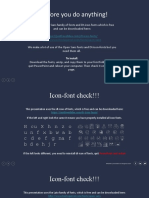0% found this document useful (0 votes)
521 views7 pagesForex Chart Patterns Guide
The document provides a cheat sheet on how to trade three common chart patterns - head and shoulders, wedges, and bull/bear flags. It outlines the key characteristics, entry rules, stop loss placement, and how to determine profit targets for each pattern. The cheat sheet is designed to show traders exactly how the author trades these patterns.
Uploaded by
King of pumpCopyright
© © All Rights Reserved
We take content rights seriously. If you suspect this is your content, claim it here.
Available Formats
Download as PDF, TXT or read online on Scribd
0% found this document useful (0 votes)
521 views7 pagesForex Chart Patterns Guide
The document provides a cheat sheet on how to trade three common chart patterns - head and shoulders, wedges, and bull/bear flags. It outlines the key characteristics, entry rules, stop loss placement, and how to determine profit targets for each pattern. The cheat sheet is designed to show traders exactly how the author trades these patterns.
Uploaded by
King of pumpCopyright
© © All Rights Reserved
We take content rights seriously. If you suspect this is your content, claim it here.
Available Formats
Download as PDF, TXT or read online on Scribd
/ 7








